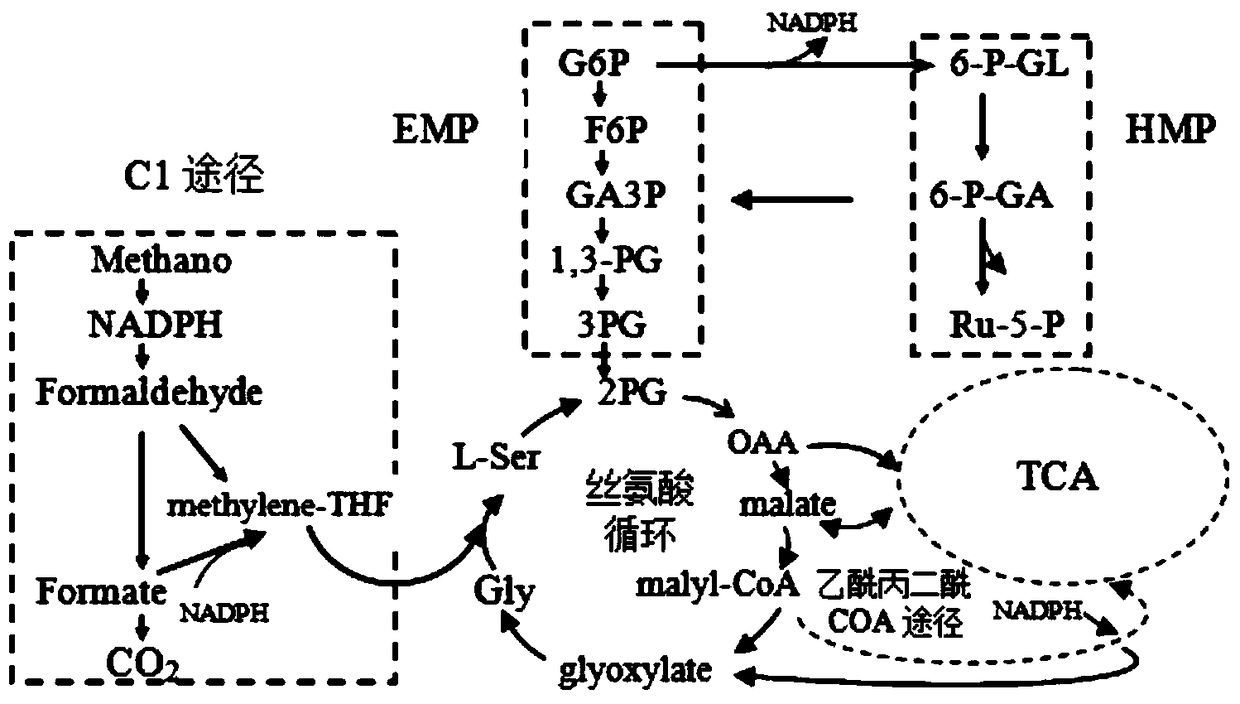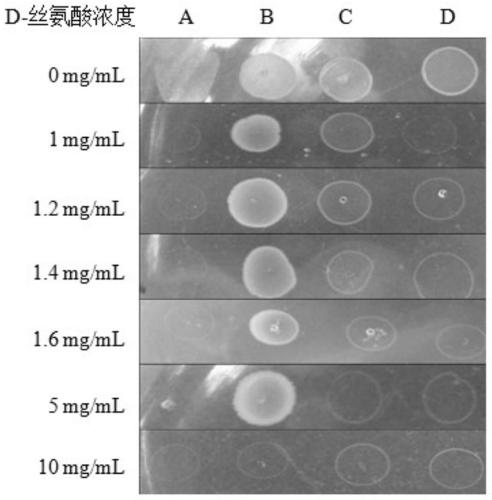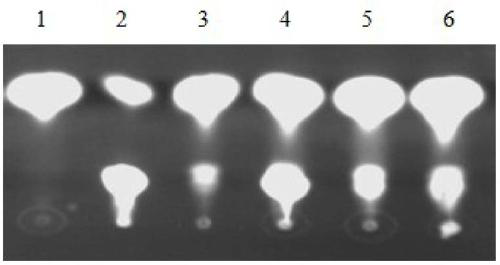A gene encoding 6-phosphogluconate dehydrogenase and its application
A technology of phosphoglucose and acid dehydrogenase, which is applied in the field of genetic engineering and can solve problems such as low yield
- Summary
- Abstract
- Description
- Claims
- Application Information
AI Technical Summary
Problems solved by technology
Method used
Image
Examples
Embodiment 1
[0033] 1.1 Cloning and analysis of the D-serine tolerance mutant gene of methylobacterium Methylobacterium sp.MB200
[0034] 1.1.1 A mutant library of methylobacterium Methylobacterium sp.MB200 was constructed by plasmid transposon insertion technology, and the mutant D-2 with D-serine resistance was screened out.
[0035] 1.1.2 Extract the total DNA from the mutant D-2, connect it to the cloning vector pMD-18T after enzyme digestion, and introduce it into the competent E. Plasmids were further sequenced after digestion and verification, and Blast sequence alignment and analysis were performed in NCBI. As a result, the obtained DNA fragment was 1875bp, and the sequence had the highest similarity with the 6-phosphogluconate dehydrogenase gene of Methylobacterium populi BJ001, with a consistency of 89%. See Table 1 for details.
[0036] Mutant DNA fragments cloned in table 1
[0037]
[0038] 1.2 Bioinformatics analysis of inserted DNA fragments in mutant strain D-2
[003...
PUM
 Login to View More
Login to View More Abstract
Description
Claims
Application Information
 Login to View More
Login to View More - R&D
- Intellectual Property
- Life Sciences
- Materials
- Tech Scout
- Unparalleled Data Quality
- Higher Quality Content
- 60% Fewer Hallucinations
Browse by: Latest US Patents, China's latest patents, Technical Efficacy Thesaurus, Application Domain, Technology Topic, Popular Technical Reports.
© 2025 PatSnap. All rights reserved.Legal|Privacy policy|Modern Slavery Act Transparency Statement|Sitemap|About US| Contact US: help@patsnap.com



